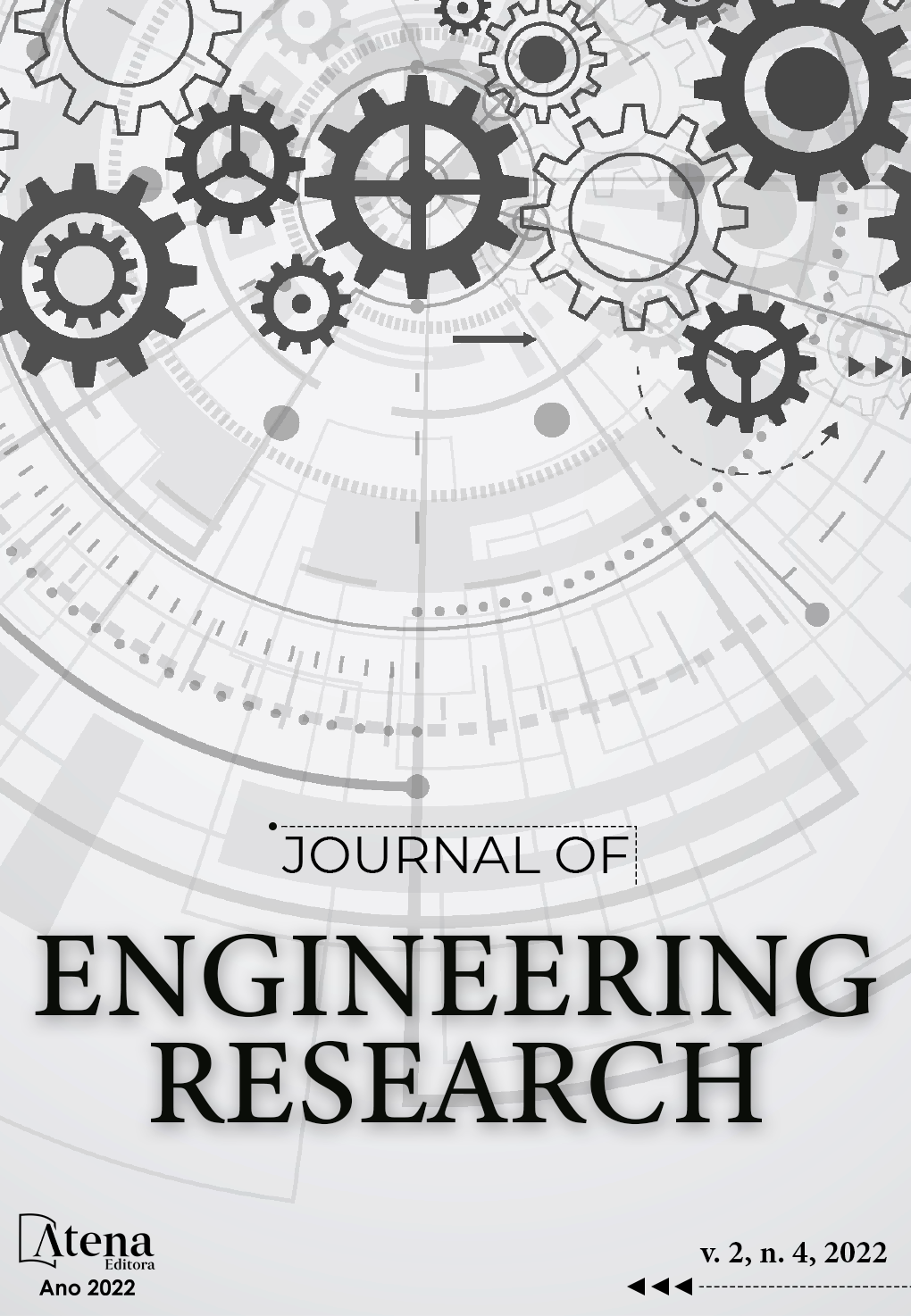
ENERGY PRODUCTION FROM THE SLUDGE OF A SEWAGE TREATMENT STATION
The world population grows exponentially, and Brazil is no different. Thus, we increasingly need natural resources; and, as a consequence, there is an increase in waste production. Brazil, a few years ago, developed its National Solid Waste Policy (PNRS) through Law No. 12,305/10, where, regardless of its origin, solid waste must be disposed of properly, minimizing possible environmental damage; while CONAMA Resolution 375/06 already defined the proper disposal of sewage sludge to protect the environment and the health of the population. However, some of these residues have a significant energy value in their reuse, as is the case of urban sewage sludge. In this context, the present work aimed to evaluate the production of biogas energy from the sludge of a Sewage Treatment Station (ETE). Therefore, the collection and characterization of the sludge from the ETE was carried out by measuring pH, electrical conductivity, determination of total solids, fixed and volatile, determination of chemical and biochemical oxygen demand. The anaerobic digestion process with control of pH, temperature, pressure and mechanical agitation was carried out for 25 days, with an expressive generation of biogas being observed. Therefore, this residue, as biomass for energy production, proved to be an alternative with considerable energy potential, in addition to being an option for the proper disposal of solid waste and environmentally sustainable.
ENERGY PRODUCTION FROM THE SLUDGE OF A SEWAGE TREATMENT STATION
-
DOI: 10.22533/at.ed.317242203037
-
Palavras-chave: Solid Waste. Sludge. biogas. Biodigester.
-
Keywords: Solid Waste. Sludge. biogas. Biodigester.
-
Abstract:
The world population grows exponentially, and Brazil is no different. Thus, we increasingly need natural resources; and, as a consequence, there is an increase in waste production. Brazil, a few years ago, developed its National Solid Waste Policy (PNRS) through Law No. 12,305/10, where, regardless of its origin, solid waste must be disposed of properly, minimizing possible environmental damage; while CONAMA Resolution 375/06 already defined the proper disposal of sewage sludge to protect the environment and the health of the population. However, some of these residues have a significant energy value in their reuse, as is the case of urban sewage sludge. In this context, the present work aimed to evaluate the production of biogas energy from the sludge of a Sewage Treatment Station (ETE). Therefore, the collection and characterization of the sludge from the ETE was carried out by measuring pH, electrical conductivity, determination of total solids, fixed and volatile, determination of chemical and biochemical oxygen demand. The anaerobic digestion process with control of pH, temperature, pressure and mechanical agitation was carried out for 25 days, with an expressive generation of biogas being observed. Therefore, this residue, as biomass for energy production, proved to be an alternative with considerable energy potential, in addition to being an option for the proper disposal of solid waste and environmentally sustainable.
-
Número de páginas: 13
- Cristine Machado Schwanke


